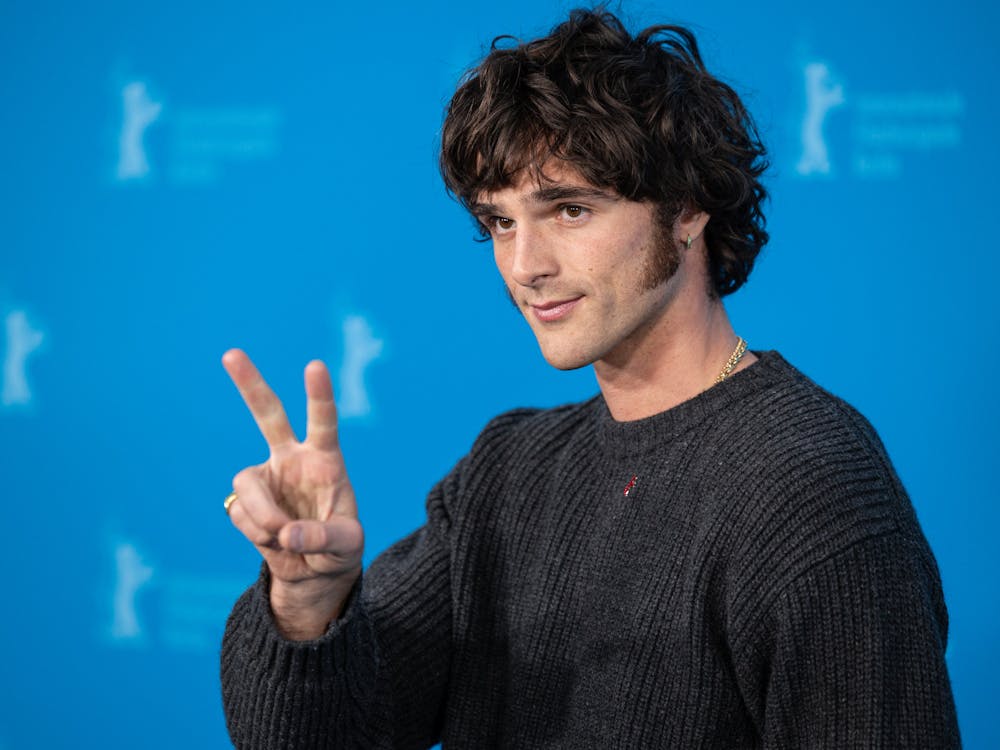“Netflix and chill,” “Amazon Prime and commitment” and “Hulu and hang” are some of the most common pick-up lines of the modern college community, epitomizing the shift from network television series to online streaming services.
When today’s college students were young, they waited for the release of the new Disney Channel Original movie that aired on TV at one time. Now, instead of having to set aside the same time each week to sit faithfully in front of a cable-connected television set (a rarity on many college campuses), students can “chill” and casually watch a full show, a whole season or simply the first 15 minutes.
College students brag to their friends and on Yik Yak about how many episodes they binge watch, a term which entails watching many episodes (or seasons) of TV shows in rapid succession.
This interest in streaming on the Hopkins campus can be found in both individual and group settings. In fact, a Resident Advisor in AMR II’s Baker House who streams episodes of Avatar: The Last Airbender for his residents on a weekly basis.
Innovation in the television industry has been characterized by new technological applications and convenience. Customers wanted to be able to watch their favorite shows and movies at any time on command, so TV cable companies created “On Demand.” The game changer was that consumers could now schedule what they wanted to watch, when they wanted to watch it.
Innovation in the television industry has been characterized by new technological applications and convenience. Customers wanted to be able to watch their favorite shows and movies at any time on command, so TV cable companies created “On Demand”. The game changer was that consumers could now schedule what they wanted to watch, when they wanted to watch it.
Netflix’s CEO, Reed Hastings, who started his company out of frustration with late fees, sees his company and the online streaming industry going even further. In a recent interview with CNBC, he predicted that within the next 10 to 20 years, all TV will be internet TV.
The largest advance of this new form of viewing, in terms of importance to consumers, seems to be the convenience aspect. Consumers can now watch cartoons normally reserved for Saturday mornings on a Tuesday at 2 a.m. or a Sunday afternoon.
Another significant factor is price. For example, Netflix costs $7.99 per month while the average cable bill is $99 per month. Internet TV is also more accessible for on-the-go consumers since it can be watched from any internet-connected laptop, cell phone, tablet or TV. Only short commercials (or none whatsoever) interrupt these shows, leading to a more immersive experience.
Internet TV providers also have their own exclusive content. Netflix has Master of None and House of Cards, Amazon Prime as The Wire and Alpha House and Hulu has Community and Casual. The shows on internet TV are also not subject to ratings, so the providers measure data analytics in a different way.
“We are just a learning machine,” Netflix’s Hastings said in the same interview with CNBC. “Every time we put out a new show we are analyzing it, figuring out what worked and what didn’t so we get better next time.”
However, there new system presents certain downsides as well. When shows are streaming on internet TV as well as cable, it can take a while for the internet TV to get up to date. For example, season two of How to Get Away With Murder ended on March 17, 2016. The first season of the popular show is on Netflix, yet viewers who only have access to Netflix must wait for the entire second season to finish airing, and there is not even a guaranteed release date yet.
For example, season two of How to Get Away With Murder ended on March 17, 2016. The first season of the popular show is on Netflix, yet viewers who only have access to Netflix must wait for the entire second season to finish airing, and there is not even a guaranteed release date yet.
“Binge watching” shows also happens more often on internet TV since there are no commercials and shows simply play back-to-back. According to a study performed by Georgia Southern University, individuals who frequently binge watch TV shows are more likely to be depressed or have a preexisting anxious attachment style.
Reader’s Digest also commented on the binge-watching phenomenon and how it is affecting adults’ health. “Adults who watched more than three hours of TV a day doubled their risk of premature death compared to those who watched less, found researchers as reported in a recent study published in the Journal of the American Heart Association,” author Chelsea Stone wrote in the article.
Whether positive or negative, the rise of internet TV has far reaching implications. As previously mentioned, internet TV providers base their data analysis on secretive methods.
This innovation in the television industry also means that broadcast TV must innovate with better prices or deals with streaming companies. According to an article on Den of Geek by Joseph Russell, internet TV is changing the way stories are being told on shows.
“There’s no longer a need to force in manipulative act-break cliff-hangers, which often sit uncomfortably within the narrative,” he wrote. ”This allows Netflix’s original stories to be written in such a way that they unfold more gradually, rather than rushing from plot-point to plot-point.”




